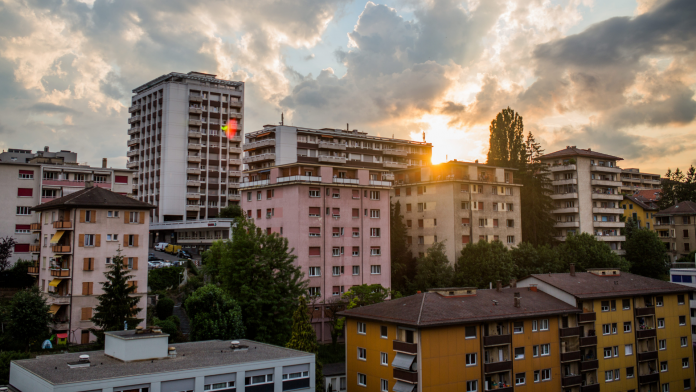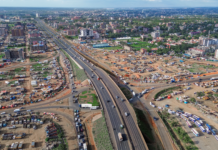It’s always been a trend for Kenyans to want to live near Nairobi. These homebuyers want to conveniently access their jobs as well as fun life (entertainment venues and dining attractions). A city apartment offers just that.
Additionally, there is the lure of being tapped into the energy and excitement of an urban environment buzzing with people.
Are you considering or open to a city purchase? Here are some tips on making a smart buy.
The Apartment location
Where exactly you want to buy? Is it Westlands or Upperhilll? The location ultimately guides you in making a decision. It depends on its proximity to your job or amenities.
Your budget
The amount you are willing to spend is a key factor. Sometimes, You find a house you like but it’s beyond your budget limit then you are tempted to make a compromise. However, there are a lot of houses that fit your budget and vision. Compromising may lead to more problems.
Apartment type
Do you want a one bedroom or 3 bedrooms? this will keep your checklist minimal. Knowing exactly what type of apartment you want will also help your real estate agent find the perfect apartment for you. Most city apartments are 1 or 2 bedrooms so if you are looking for a 3 bedroom it will be tricky.
Building size
Once you’ve thought about the general location in the city you’d prefer and how much money you can afford to spend, ask yourself about how big a building you want to live in. Would you feel comfortable in a huge development with hundreds of neighbours, dozens of floors from ground level? Or do you prefer a smaller, more intimate building no higher than 3 to 6floors?
New or old
Do you want the latest in design, construction quality, soundproofing and amenities? If so, new buildings are for you and you should expect to find the latest amenities at a higher price per square foot. On the other hand, older, remodelled projects may offer larger units, great locations and are likely to cost you less per square foot on average.
One key consideration here: older buildings tend to rack up significant expenses for maintenance and system repairs and replacements. To pay for these, monthly apartment fees are often higher to create adequate reserves. When the reserves are insufficient to pay for high-cost projects like installing a new roof or overhauling the elevators, the homeowners association board may need to impose “special assessments” — extra charges paid by all unit owners on top of their regular monthly fees.
Some easy-to-spot red flags that tip you off that a high-rise project may not be for you:
High Percentage of Renters in the Building
If more than 50 per cent of the units is occupied by non-owners then you probably won’t get financing to buy. Besides anything above 30 per cent should signal caution. this means the building might be tipping toward renter occupancy rather than owners which can mean less resident involvement in the activities of the condo association.
Maintenance of the apartment environment
If the lobby of an older building looks dated and faded, the landscaping looks poorly tended or the elevators or interior hallways smell musty, the managing company or developer might be facing budget pressures.
Parking Lot or Underdeveloped Real Estate Next Door
For city apartments, views are crucial which is often why people buy into the building. However, if there are empty property next to it’s a red flag. Let’s say, a developer buys the lot next door and puts up a new building that blocks your view, the value of your apartment to you and any future buyer could drop.









